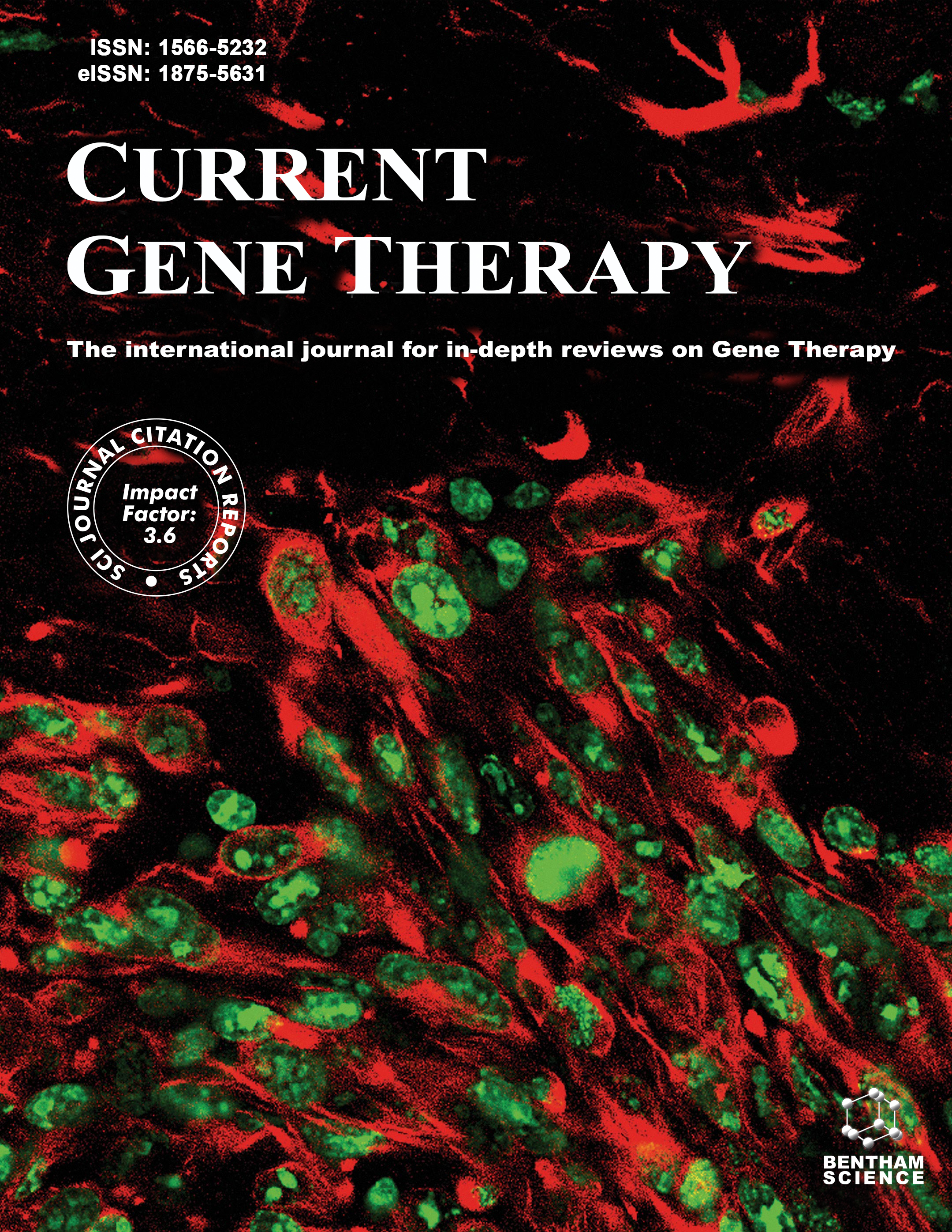
Full text loading...
Over 90% of people are infected with the human g-herpesvirus known as the Epstein-Barr virus (EBV). Cancers, such as gastric carcinoma, non-Hodgkin’s lymphoma, nasopharyngeal carcinoma, Hodgkin’s lymphoma, and Burkitt lymphoma, are thought to be linked with EBV. It is noteworthy that the first virus discovered that encodes microRNAs (miRNAs) was EBV, and these miRNAs show expression at the different phases of EBV infection. There is growing evidence that EBV-encoded miRNAs influence the growth of EBV-associated tumors. These EBV miRNAs, i.e., BamHI-H rightward fragment 1-derived microRNAs (BHRF1miRNA) and BamHI-A rightward fragment-derived microRNAs (BART miRNAs), are crucial for the persistence of viral infection and the avoidance of host defenses. Currently, significant advancements have been made in analyzing the microRNAs that are found in the duration of EBV infection, in vitro studies identified molecular targets of miRNAs and in vivo studies enhanced our understanding regarding the pathophysiology of these molecules. An extensive look into the pro-carcinogenic impact of microRNAs associated with EBV will increase our understanding of the molecular mechanisms of EBV-associated tumors. In this paper, we have highlighted the functions of miRNAs in EBV infection as well as recent developments in miRNA-based therapeutic and diagnostic approaches that could be useful for EBV-related malignancies. Significantly, targeted therapies against EBV miRNAs are advancing rapidly, with emerging approaches such as miRNA sponges, anti-miRNA oligonucleotides, and CRISPR/Cas9 technologies. These innovations indicate the imminent onset of a new era in the treatment of EBV-associated tumors.

Article metrics loading...

Full text loading...
References


Data & Media loading...

